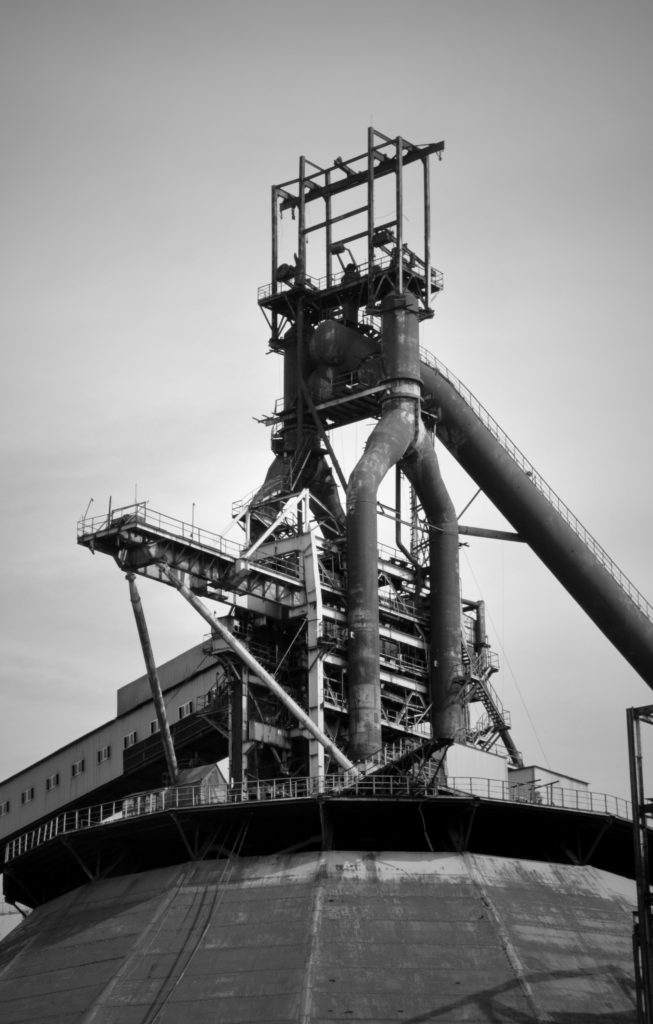Vapour pressure is a fundamental concept in thermodynamics and physical chemistry, describing the pressure exerted by a vapour in equilibrium with its liquid or solid phase at a given temperature. It plays a critical role in various industrial processes, including distillation, evaporation, and chemical synthesis, making it essential knowledge for engineers and scientists.
This article explores the principles behind vapour pressure, including key laws such as Raoult’s Law and the Antoine Equation.
What Is Vapour Pressure?
Vapour pressure is the pressure exerted by the vapour of a substance in thermodynamic equilibrium with its condensed phases (solid or liquid) in a closed system. At a given temperature, the vapour pressure represents the tendency of molecules to escape from the liquid or solid phase into the gaseous phase.
As temperature increases, more molecules have the energy to escape into the vapour phase, leading to an increase in vapour pressure.
This property does not depend upon quantity. It can be calculated by using the Antoine equation which expresses vapour pressure as a function of temperature.
What Is The Antoine Equation?
The Antoine Equation is an empirical relationship that describes the variation of vapour pressure with temperature. It is widely used because of its simplicity and accuracy for a broad range of substances.
![]()
Where:
T – Temperature of the liquid or substance
P – Vapour Pressure of a liquid or substance
A, B & C – are liquid or substance specific constants/ coefficients
The equation can be rearranged to calculate temperature as follows:
![]()
In fractional distillation, this property plays an important role as the design of the column depends upon vapour pressure differences.
A Brief History of The Antoine Equation
The Antoine Equation was developed by French engineer and chemist Louis Charles Antoine in 1888. Antoine’s work was pivotal in providing a practical tool for engineers and scientists to calculate vapour pressures at different temperatures, especially in the design and operation of distillation columns and other separation processes.
What Are The Units of Vapour Pressure?
In general value of Vp is measured in the same units of pressure. As we know that there are different units available for a measure of pressure like:
- kg/cm2
- PSI
- N/m2
- kPa
- Bar
- Pascal
Factors That Affect Vapour Pressure
Some of the key factors which affect the vapour pressure are:
- Temperature
- Solute concentration and nature
- Boiling point
How Does Temperature Affect Vapour Pressure?
As you increase the temperature of the solid or liquid in a system then its Vp will also increase and vice versa for when it decreases.
How Does Solute Concentration And Nature Affect Vapour Pressure?
If you add more non-volatile solute to dissolve into a volatile solvent then the vapour pressure of the solvent will reduce, hence, in this example the more solute you add the lower the vapour pressure of the solute gets.
Factors That Do Not Affect Vapour Pressure
Volume
Vp does not increase or decrease with respect to the volume of its system.
Surface Area
The surface area of the solid or liquid in contact with the gas will have no effect on the vapour pressure of the system.
What is Raoult’s Law?
Raoult’s Law is a principle that relates the vapour pressure of an ideal solution to the vapour pressures of its individual components and their mole fractions. It states that the partial vapour pressure of each component in a solution is proportional to its mole fraction in the solution and its vapour pressure when at the same temperature. It can be represented in the formula below:
![]()
Where:
Psolution – Vapour Pressure of the solution
Xsolvent – Mole fraction of the solvent
Psolvent – Vapour Pressure of the pure solvent
Raoult’s law can be used to estimate the contribution of individual components of a liquid or solid mixture to the total pressure exerted by the system.
We can use Raoult’s Law to calculate the vapour pressure of a given liquid. So Raoult’s Law is very helpful in the design of distillation columns. Using Raoult’s Law we can calculate the required temperature under a given vacuum in a distillation system.
A Brief History of Raoult’s Law
Raoult’s Law was first discovered by French chemist François-Marie Raoult in 1887. Raoult’s work on the connecting properties of solutions, such as freezing point depression and boiling point elevation, led to the development of this law. Although Raoult’s Law applies strictly to ideal solutions, it laid the groundwork for understanding the behaviour of real solutions, particularly in chemical engineering and thermodynamics.
Vapour Pressure of Water
At 25 degrees Celsius, the vapour pressure of water is 23.8 mmHg. At 100 degrees Celsius, water reaches its boiling point, and the vapour pressure becomes equal to one atmosphere (which is equivalent to 760 mmHg).

Hassan graduated with a Master’s degree in Chemical Engineering from the University of Chester (UK). He currently works as a design engineering consultant for one of the largest engineering firms in the world along with being an associate member of the Institute of Chemical Engineers (IChemE).



